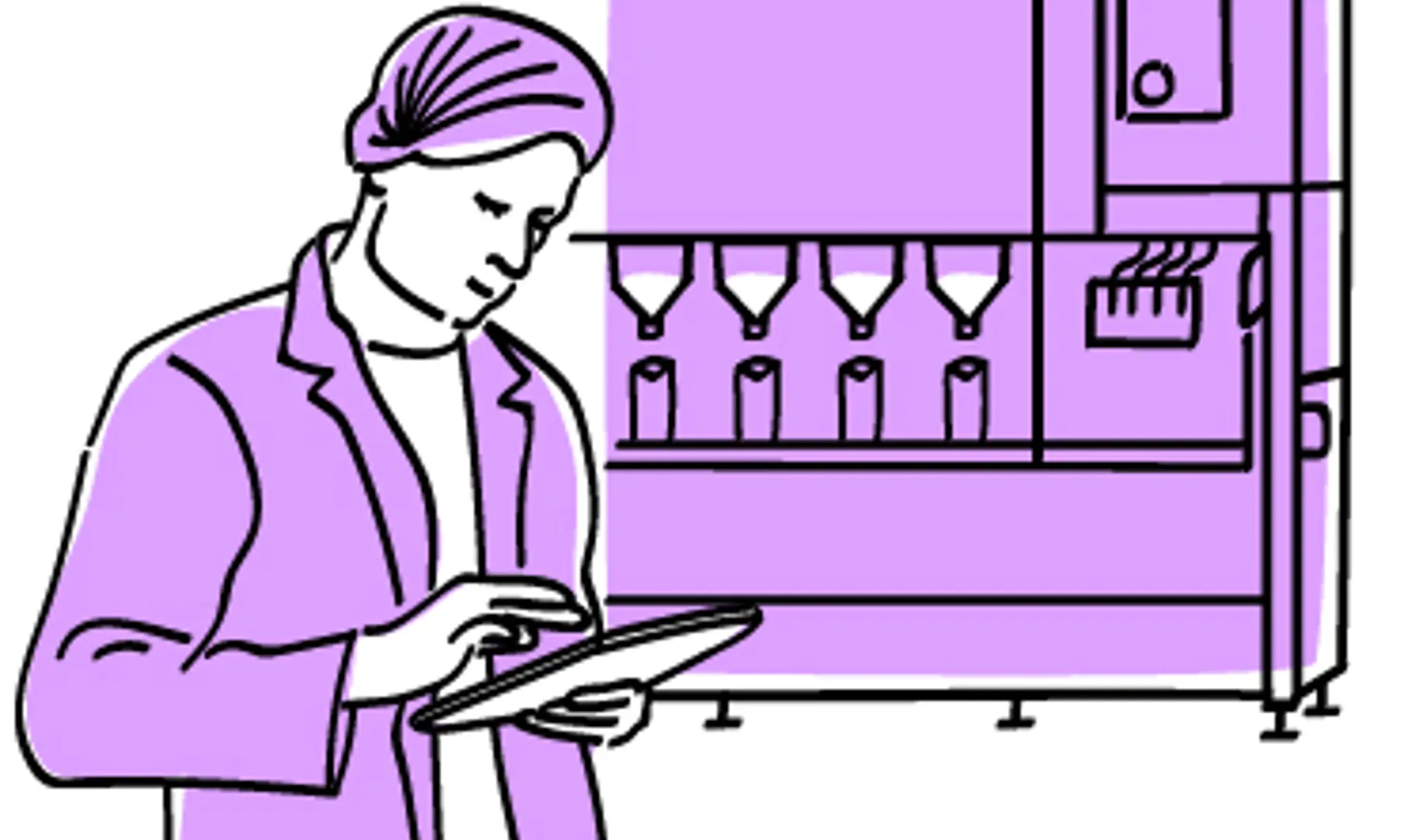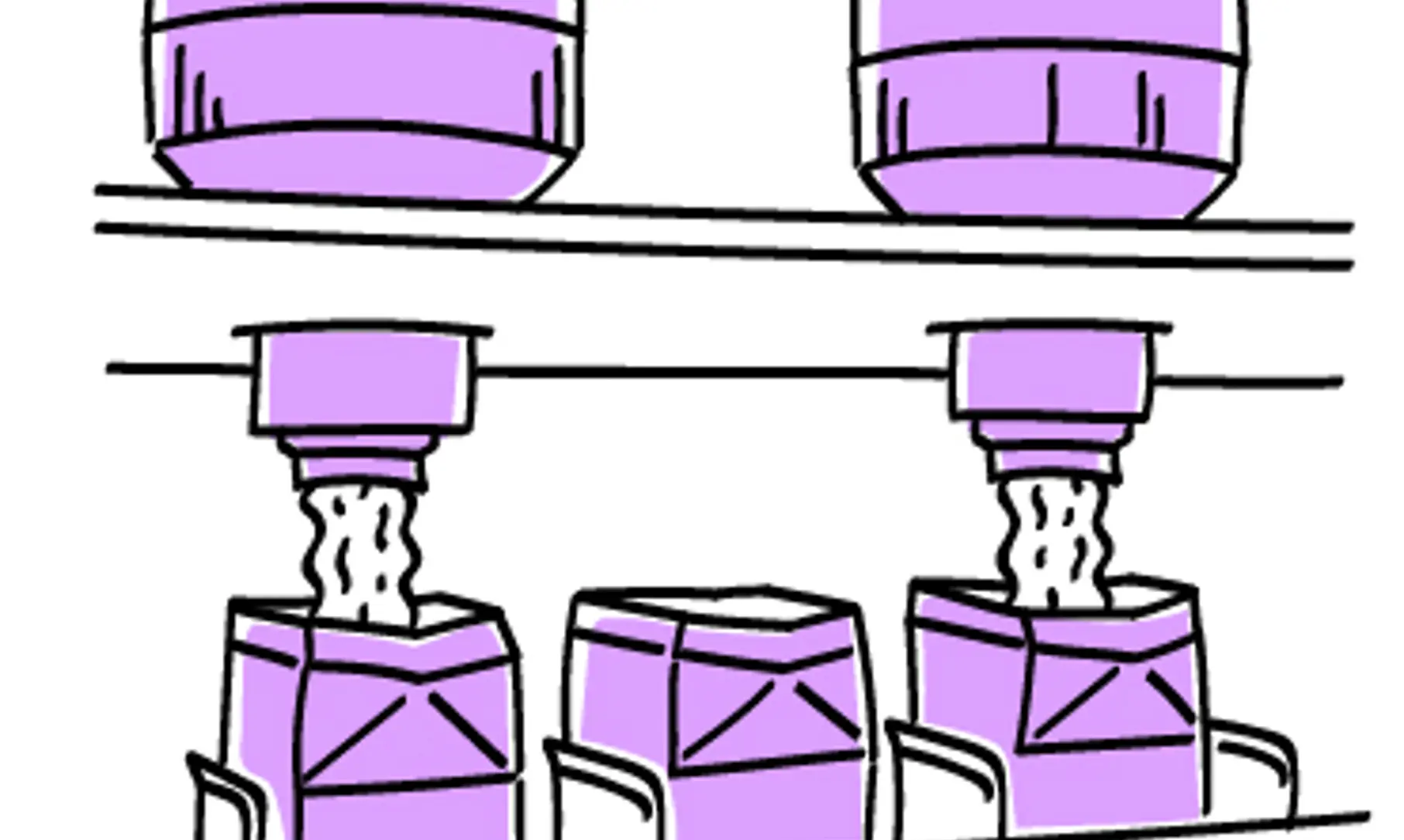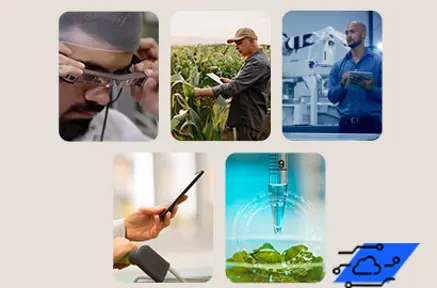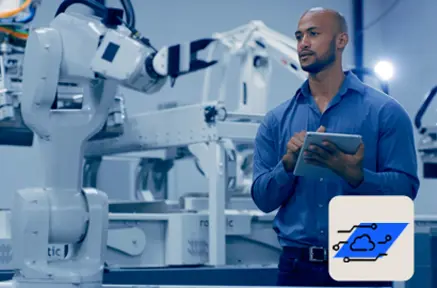How digital technology is shaping what we eat
Technology and digitalization
When we look at technology and digitalization, it is clear that without the former, the world would not have the latter. Certainly, we can see this reflected in both the global technology market and the global digital transformation market, with each showing about the same level of growth according to analysts.
We can also attribute some of this shared growth to global events like the COVID-19 pandemic, with one major study from 2021 showing that 67% of manufacturers surveyed had started to accelerate their digital projects in light of the pandemic.
Digital technology trends
According to McKinsey Technology Council, one of the newest and most exciting technologies to hit the market is generative AI which, unlike “normal” AI, mimics human creativity – giving us products like ChatGPT.
Other emerging digital technologies include applied AI, industrialized machine learning, digital trust technologies and bioengineering technologies – the latter of which involves combining biology with digital technology, and which shows potential in areas such as healthcare and the food and beverage industry.
Digital technology within F&B
If we look at food and beverage, digital technology’s impact has been widespread. Digital technology has transformed health and safety, with manufacturers now able to track every ingredient that goes into a product across the entire supply chain. Other benefits include greater sustainability, less food waste, and improved food security. But the effects go far beyond the factory floor.

The digital food revolution
Today, digital technology has allowed food and beverage manufacturers to continually push the boundaries of what can be done with food and beverage products. From “biosensing” patches that can be placed on food packaging to help consumers and manufacturers see if something has been contaminated before having to unpack it, to using artificial intelligence to design new flavors.
Like the Swiss “fragrance and flavor” company Firmenich, which recently produced the world’s first flavor made using only AI. With a taste reminiscent of “lightly grilled beef”, the flavor was made for use in plant-based meat alternative products.
How SIG can help
The same opportunities extend to packaging. As manufacturers access more innovative packaging, this can also enable them to push the limits of what’s possible to pack. Whether it’s using drinksplus to add real bits of fruit, vegetables, nuts or grains to aseptic carton packs, or whether it’s using our leading aseptic packaging to pack long-life probiotic yoghurt – marking a world first.

In part six of The digital drive, we’ll take a look back at the entire series, highlighting our key takes. Revisit the series and take part in new discussions by signing up to our monthly SIG newsletter.
- February 22, 2024

A look back at the forces driving digitalization

The ongoing digitalization of retail

